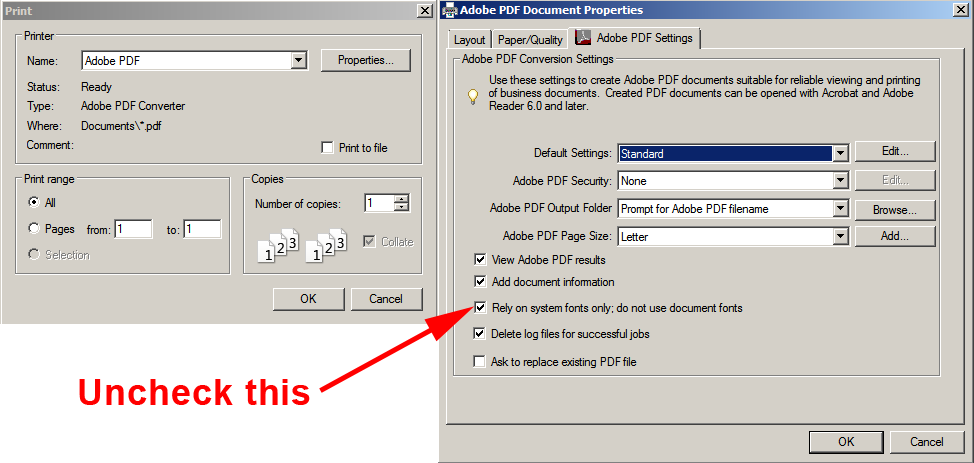

In InDesign, open the document and choose Window > Pages.Save your document and see if it's fixed.From the Paragraph Styles menu, choose Delete Styles.To select multiple styles, press Ctrl (Windows) or Command (Mac OS) as you select styles. In the Paragraph Styles panel, select all styles except.In InDesign, open the document and choose Type > Paragraph Styles.If the problem persists, try deleting paragraph styles. From the Character Styles menu, choose Delete Styles.To select multiple styles, press Ctrl (Windows) or Command (Mac OS) while you select styles.

In the Character Styles panel, select all styles except.In InDesign, open the document and choose Type > Character Styles.To find out if this is the case, delete the styles, pages, and then resave your document. Also, there could be some empty pages and unnecessary elements. Styles that you created in InDesign or imported with files created in other apps could be damaged. Repeat steps 4 through 7 for each remaining page or spread. If the problem doesn't recur, the damage is probably structural.Delete elements one by one to see if one of the elements is causing the issue. If the problem recurs, the damage isn't structural (e.g., on master pages or document pages).Save the new document to a new name (different from the name of your original document) and try to re-create the problem.InDesign copies the page or spread into the new document, adding pages as necessary. Drag a page or spread into the new document window.Choose Window > Pages to activate the Pages panel.Click the original document to activate it.Choose Window > Tile to display both documents.Choose File > New and click OK in the New Document dialog.To copy page elements into a new document: If the problem recurs after you copy page elements into a new document, delete elements one by one to see if one of the elements is the issue. Note the Capacity and the Available Space for the disk.Ĭopying page elements into a new document leaves structural (internal) damage behind.Choose File > Get Info > General Information.Select the startup disk icon on the desktop.
#ADOBE PAGEMAKER 7 CRASHES WHEN I TRY TO MAKE PRINT PDF FREE#
To check the amount of free space on the startup disk: You can free space on the startup disk by deleting unnecessary files or by storing files on separate partitions or disks.

As a guideline, free space on the startup disk should equal three to five times the size of the document (including linked images) or ten percent of the disk capacity, whichever is greater.

InDesign stores information about plug-ins, features, and the app itself in its preference files: the InDesign SavedData and InDesign Defaults files.You can remove variables that cause the problem. Use a different computer to open the document by changing to a different system environment.See Troubleshoot InDesign third-party plug-ins. Plug-ins can sometimes cause file corruption. Consider uninstalling third-party plug-ins from InDesign.If the document is sent via email, have the sender compress it first (e.g., using WinZip or Smith Micro's StuffIt) to protect the data. Damaged media or a faulty email transmission can damage a document. If you received the document via email, FTP, or removable media (such as a CD), obtain a copy a different way.A damaged PageMaker or QuarkXPress document likely remains damaged after you convert it. If the problem recurs, troubleshoot the original document for damage in its source app before you convert it again. If the document was converted from Adobe PageMaker, QuarkXPress, or a previous version of InDesign, try reconverting the document.


 0 kommentar(er)
0 kommentar(er)
